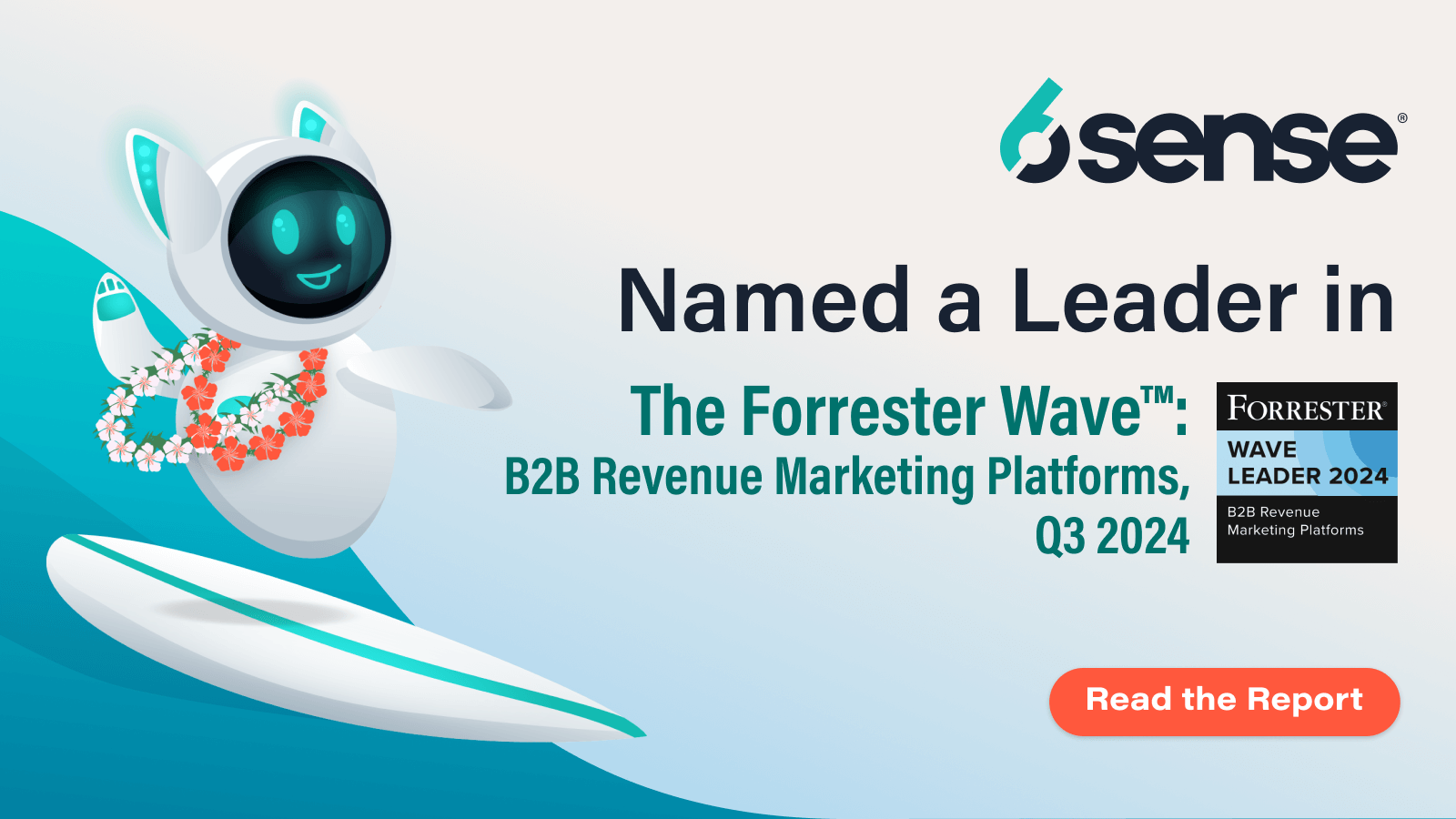Ask a couple hundred chief marketing officers to talk about public relations and their PR agency relationships, and you’re guaranteed to get a robust discussion, countless hot takes and some great horror stories.
The primary headline (pun intended) focused on how critical PR is to a growing brand’s reputation and success, with clear definable and measurable KPIs to boot.
Jake Milstein, a former TV news editor and producer turned CMO, ran an impromptu poll at the beginning of each CMO Coffee Talk session last Friday, with the simple question: “What do you like least about PR?” The responses:
- Can’t measure ROI (32%)
- I love everything about PR (30%)
- Can’t control what’s printed (11%)
- Too expensive (11%)
- Too much work (5%)
As expected, the chat stream for both the Eastern and Pacific calls were robust. Special thanks to Jake and Lindsey Groepper for leading the discussion. Here are several highlights from participating chief marketing executives:
Almost every PR horror story I’ve seen has been because the company hasn’t held up its end of the bargain.
Contrarian position: good story will get coverage, bad story will not get coverage despite the “great relationships” your agency will pitch you
OK here’s a question I’ve been dying to ask: Forbes “Columnist” – still some credibility or worst kept “pay to play” secret?
Mining your own data to create insights and trendlines is a great way to earn coverage.
Two reasons to do PR: thought leadership and a tool in the demand generation toolbox. We measure views/impressions and click thrus (the links we embed into the release that drive people to gated content, using UTM codes). All of this helps build leads for top of funnel.
The easiest way to get into the press is to use your own internal data
CEO direct relationships with the right journalists can be incredibly effective (ditto CMO)
Be willing to be part of other stories (not just those about you) to increase your coverage options.
Have a deep bench of spokespeople so you can be part of more press opportunities.
The data and story lines need to be provocative and cut against the grain in order to get established. More of the same is quote fodder which is nice but which is a note in a sea of sound.
If PR is going to be your largest marketing expenditure, you’re not ready to hire a PR firm.
When you can latch onto a trend that’s happening in the industry, world, reactively, quickly – and tie yourself to it, that has been most effective. But can go too far: too many tech companies trying to find a pandemic / digital transformation angle and it doesn’t feel genuine.
I find PR can really feed demand gen – our SDRs use every good article in emails and even on calls, “did you read what people are saying about our company…” because being at small company (=small budget) I need every brand spend to do double duty for demand.
Media training and giving all employees a PR (and social media) toolkit can also help improve overall morale and provide confidence for staff to represent the company or know who to go to for coverage.
If you want success, you set proper (achievable) KPIs with your agency or internal PR team… everyone needs to know what success looks like or you’ll miss the mark every time when it comes to evaluation time.
Rapid response: Create a matrix of possible stories, your approved response, a key data point (ideally from your product), and an offer of a compelling spokesperson. And when that news story hits, the PR firm can hit “send” on a note within seconds.
PR is a discipline – not a platform for dilettantes (including execs). Response time matters, helping journalists helps you in the long run as they develop reliance and are open to new ideas.
#1 value of a PR firm for me – their connections. #2 they need to be really excellent writers.
IMHO the success of your PR firm depends on YOU more than the PR firm – a PR firm is not going to make your boring speakers interesting, it’s not going to find ways to make your “boring” company interesting – that’s on you!
The same people who blame their PR firm probably blame their marketing automation platform, expecting both to do the work for you.
If you manage your social media well and write a totally interesting article, Forbes and other pay-for-plays can work. Tho I’d say at that point, use Medium.
I love the story that showcases your customer being awesome. That’s my first go-to every time. Much better readership.
Hiring former journalists to mine the stories in your organization is a great place to start… social, media relations, owned content, etc., all stem from a slew of great stories… gotta go find ’em… that’s where the grind should occur.
“Beware of BS Metrics” – I need the bumper sticker.
When we were shopping for agencies, we ask them each about expectations for metrics. How many pieces of coverage? How many in big pubs? How many in trade pubs? How many covering our business, our execs, our products, etc.? We also worked with them to set expectations for rapid response articles, bylines, etc.
Every CEO I’ve worked for thinks every time they sneeze it should be in the New York Times. Every PR firm I’ve worked with has tried to produce all 101 content that is so high level no one cares. The balance between he two is rough.
Always have to ask “is this newsworthy”
Share of Voice (SOV) in itself isn’t that useful, but SOV over time (a TrendKite metric) is one I live by. Along with key message pull-through.
I use SOV with a defined set of competitors and Benchmark goals.
I do think there’s still an opportunity with “press release driven news” at B2B trade publications that saw their editorial staffs decimated. They still have reach to a target audience and I’ve found it easy/cheap to get message in front of them.
SOV is a metric, but not THE metric. SOV is a quantity game and you can’t control the competitor side. It does however, show trends over time and how your piece of the pie is changing (are you chipping away, overtaking, etc.)
I think of PR as a route to influence – and an extension to the team that helps us research and navigate those people. Press releases aren’t the focus – its bylines, analyst meetings, and building reporter relationships. Hiring someone would never get the connections that a good PR team has built in.
Spokespeople who can shoot from the hip and stay on message are priceless. Improv + ability to tie it back is what you want in spokespeople.
A steady stream of PR is good to show progress/ momentum.
PR reports into SEO for us – it’s the link part of the trio of Technical, Content, Links. They’ve gotten very good at asking for & getting the link, not just the mention.
Treat your PR team as a strategic communication partner and it will pay off in good ideas and shared enthusiasm.
Like any agency relationship, clients get the work they deserve. What you put into it is what you will get out.
A surprising new PR nugget for us has been use of organic content (media site in our case)… it started landing almost as many hits as our PR firm. Halo effect of a good organic content strategy w/ fresh content, research, insights, breaking trends, etc. Plus you get the backlinks and SERP juice. 1 + 1 = 3



